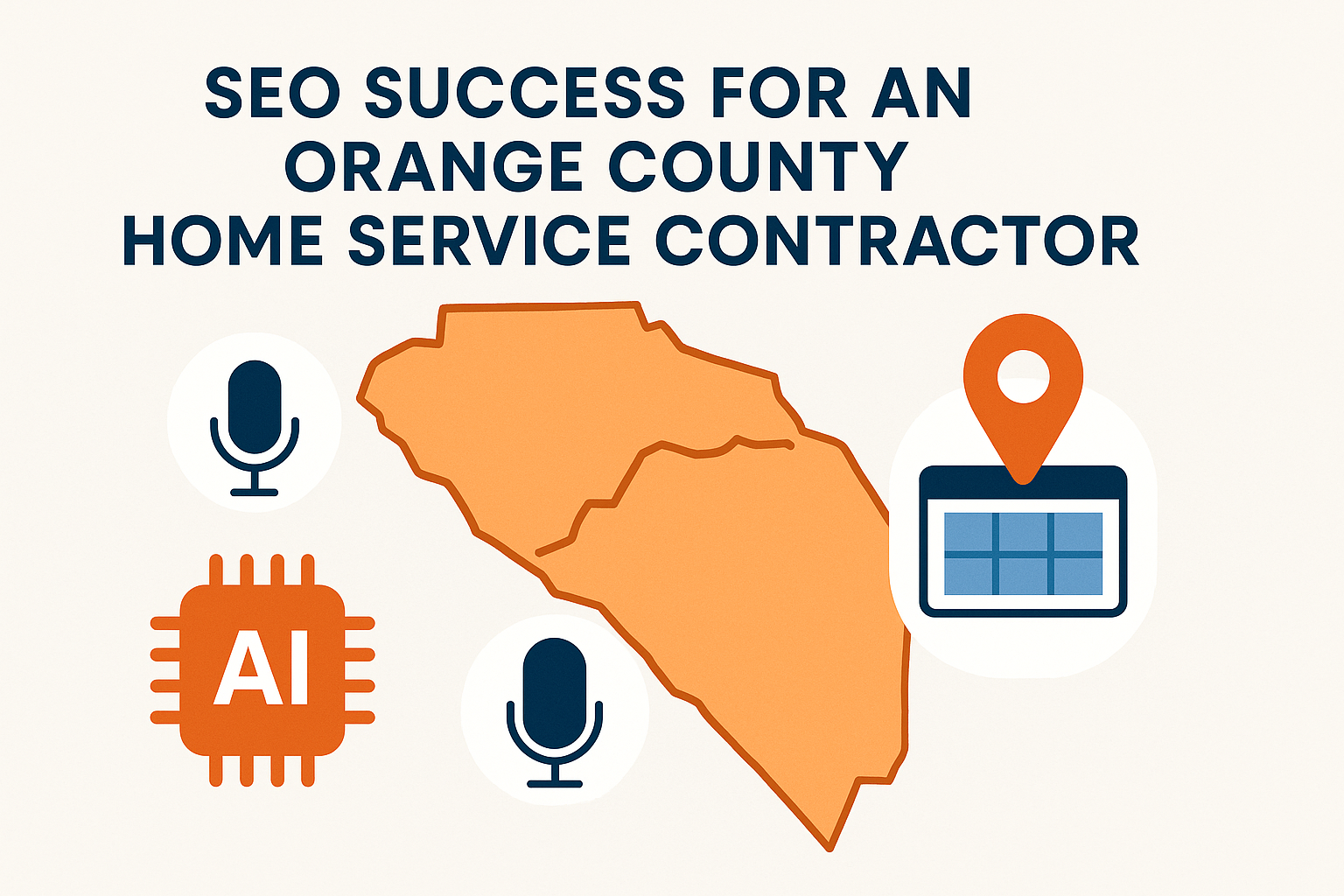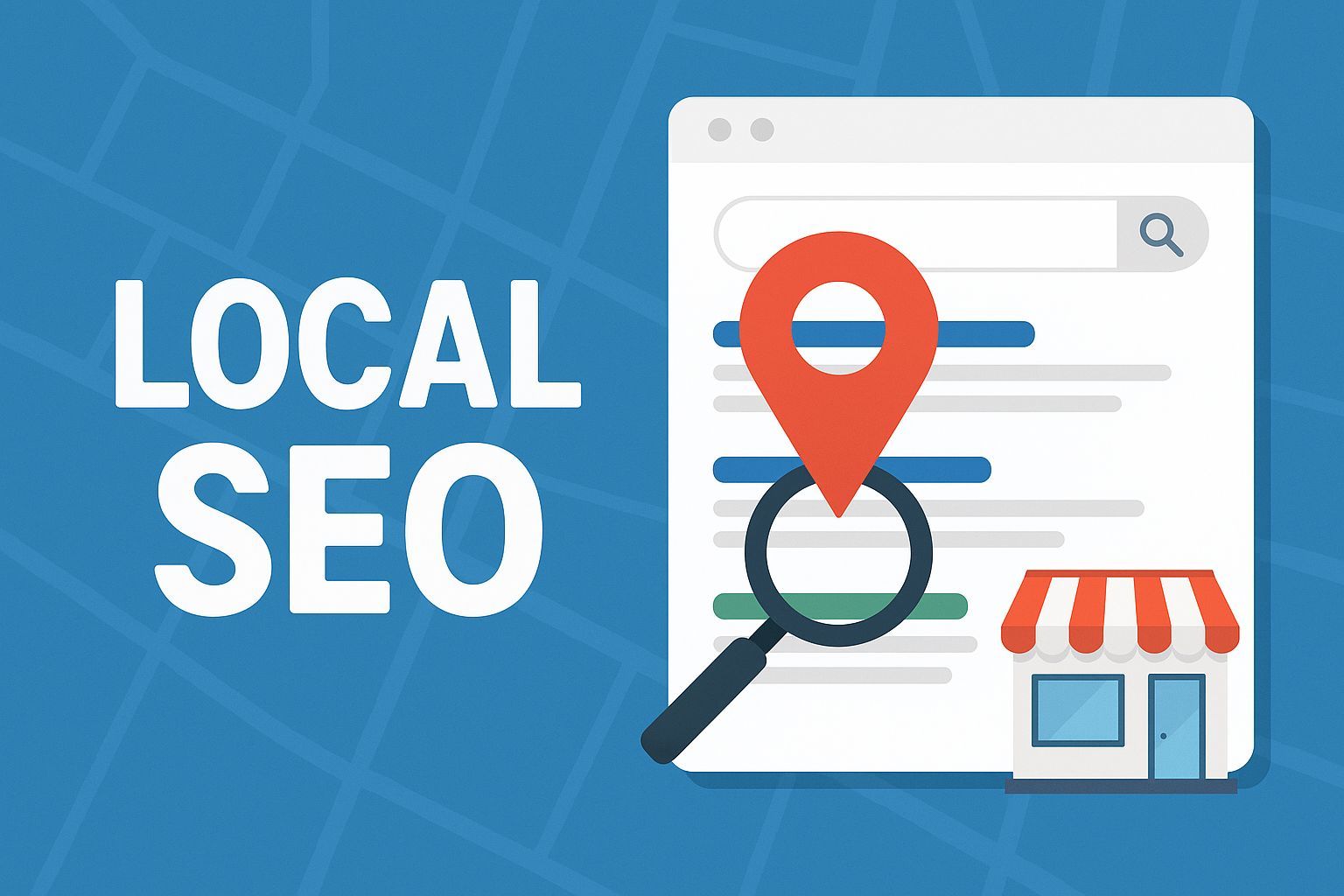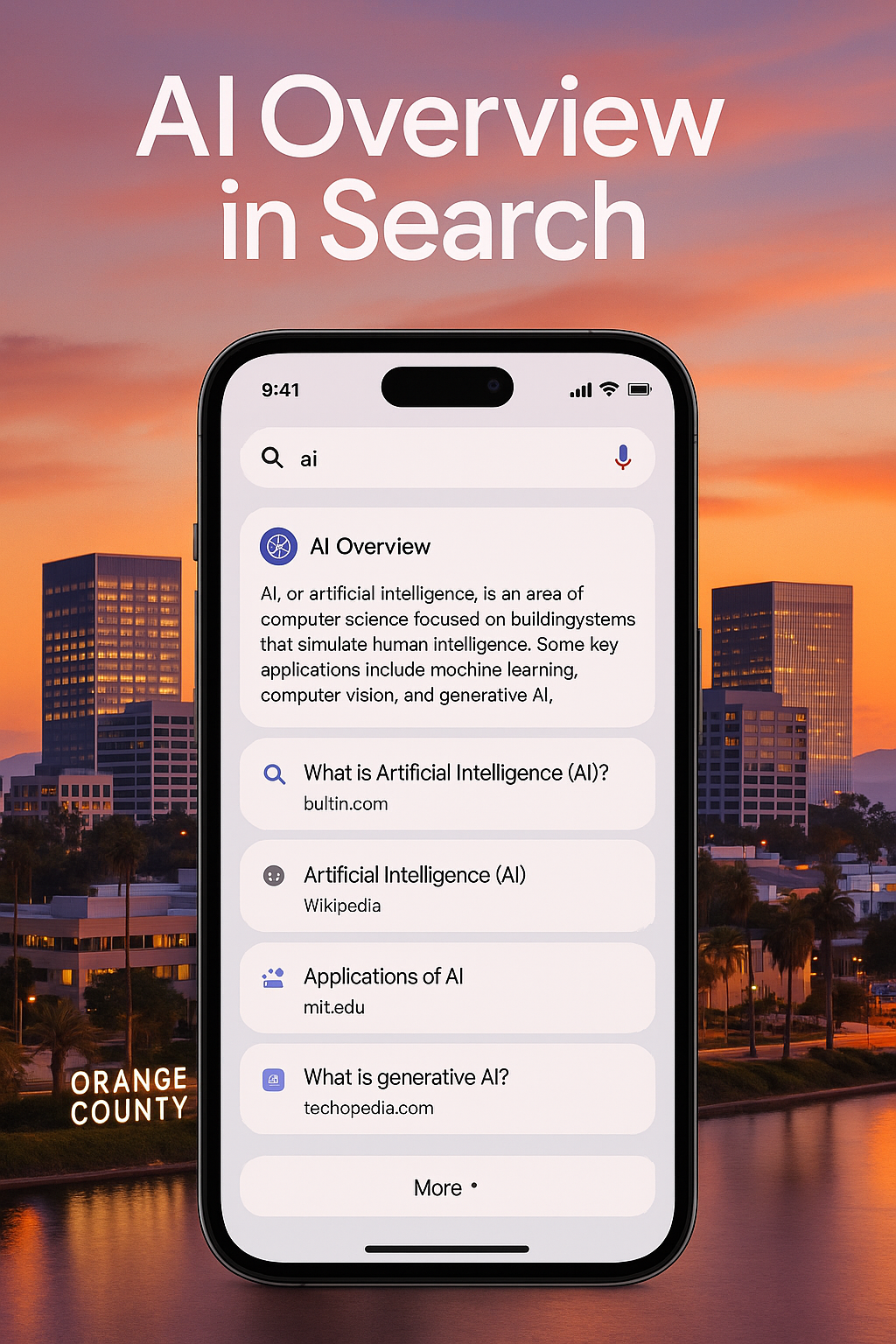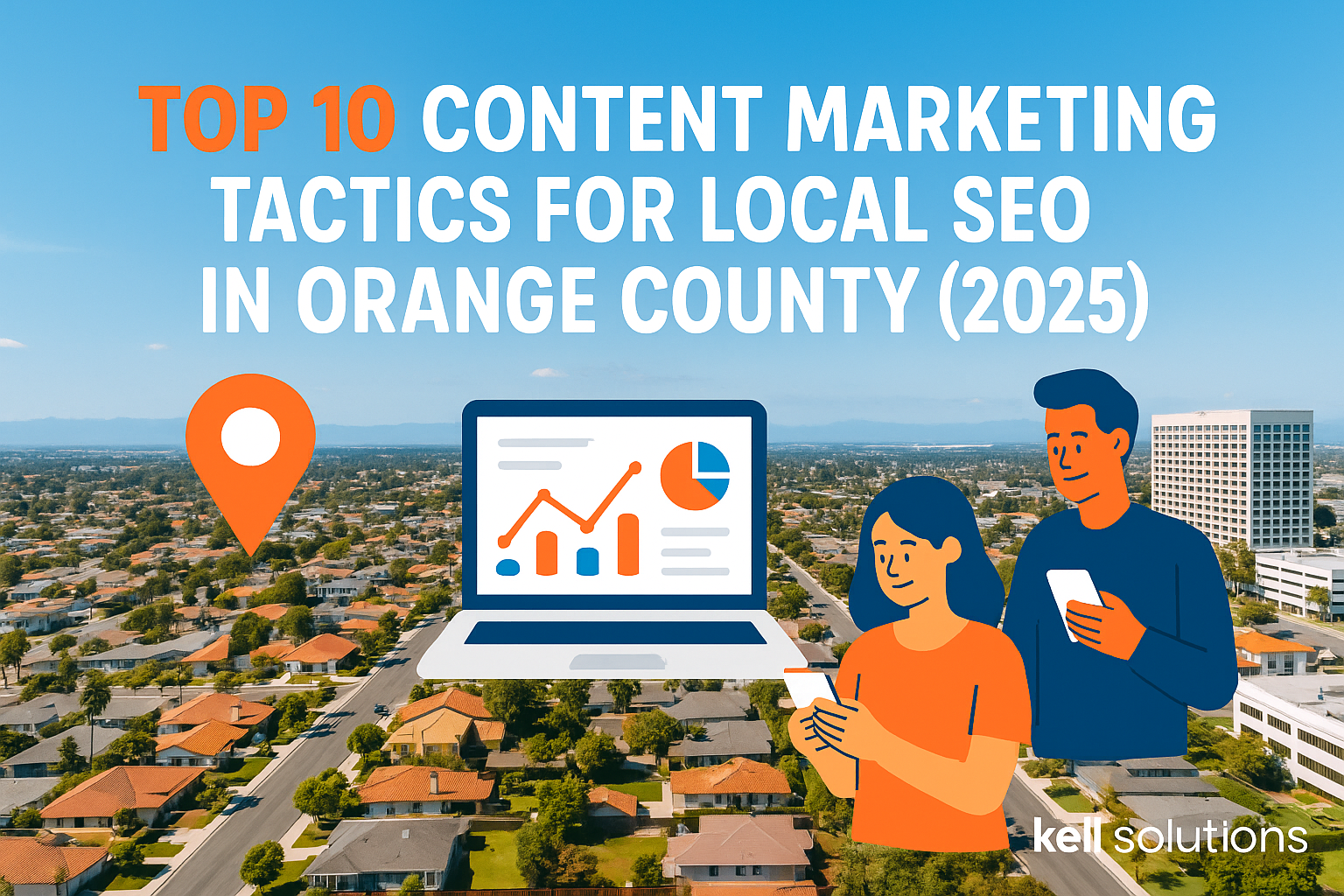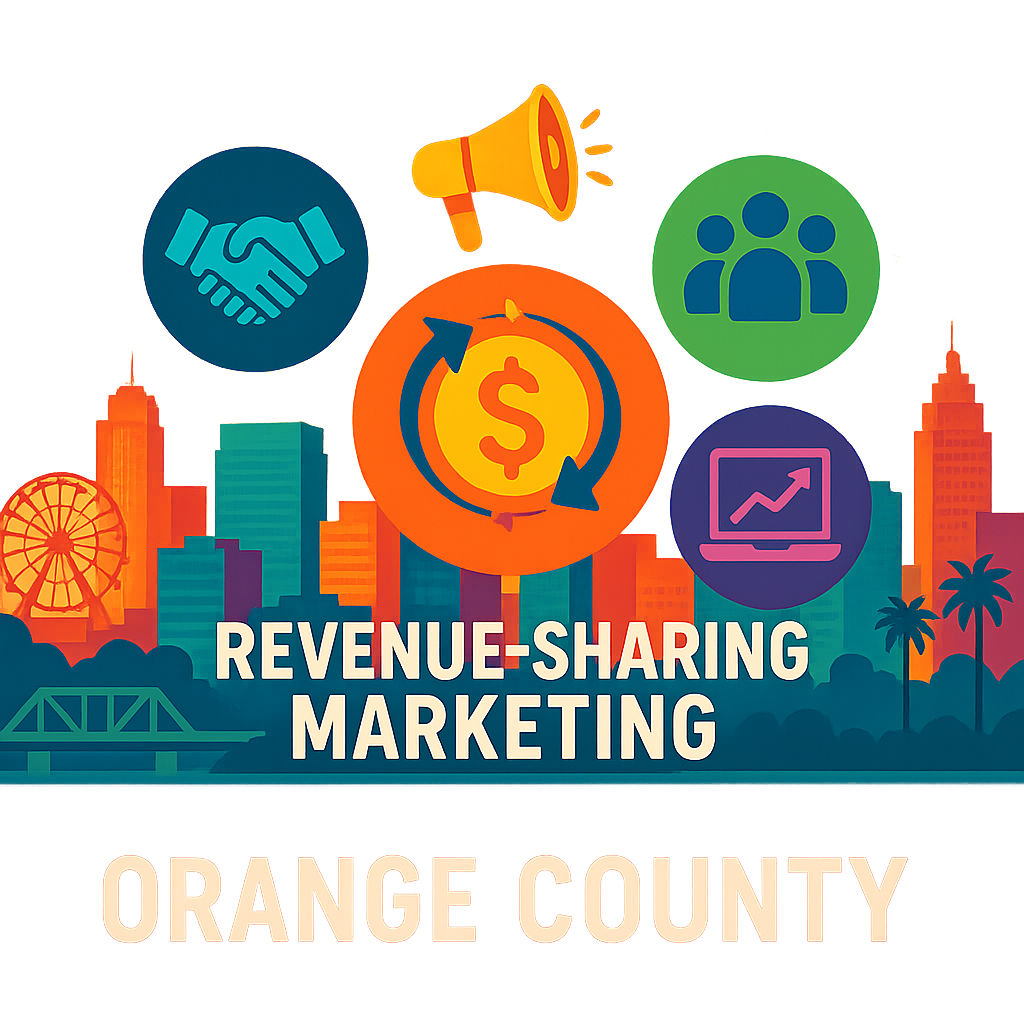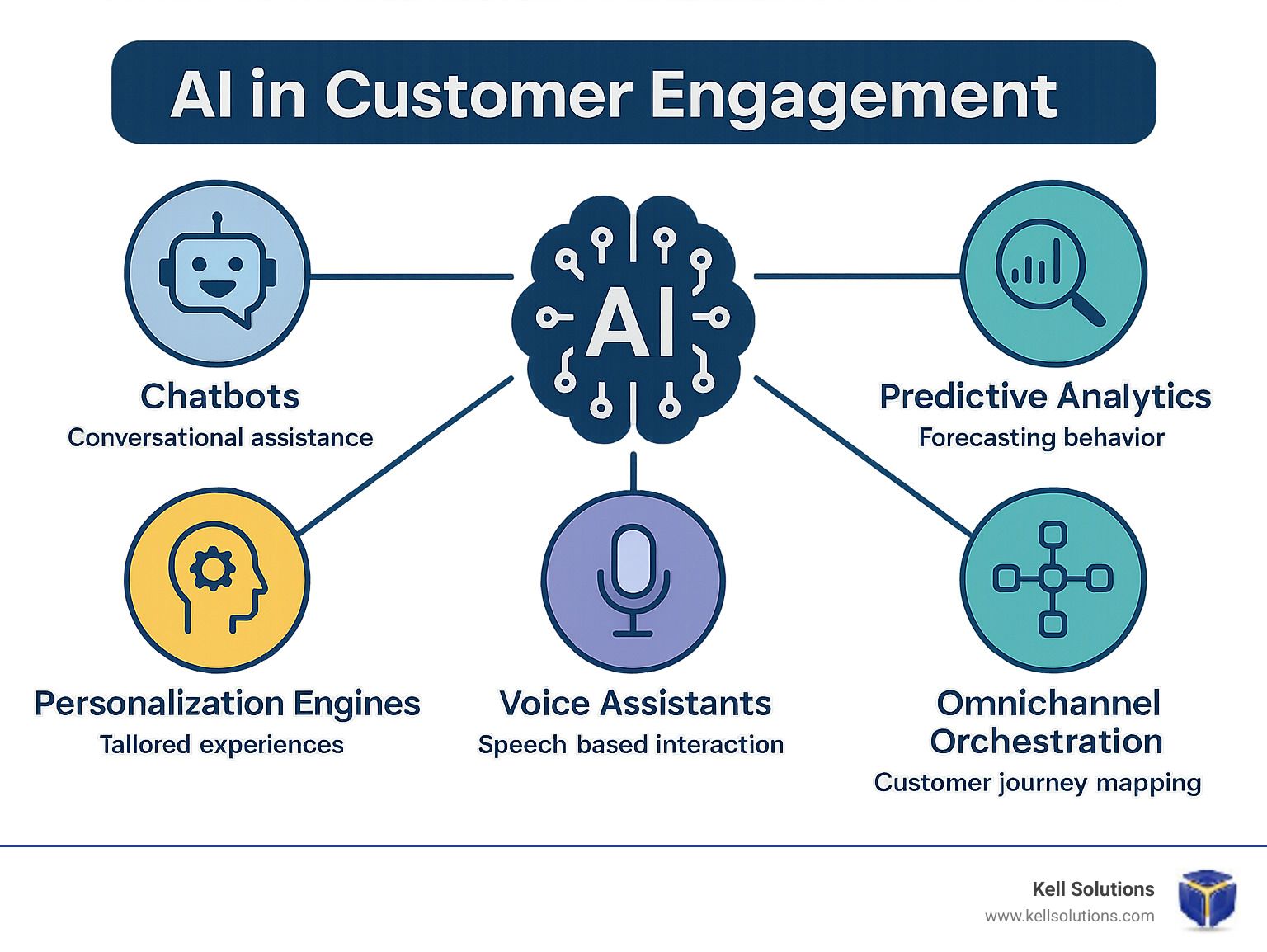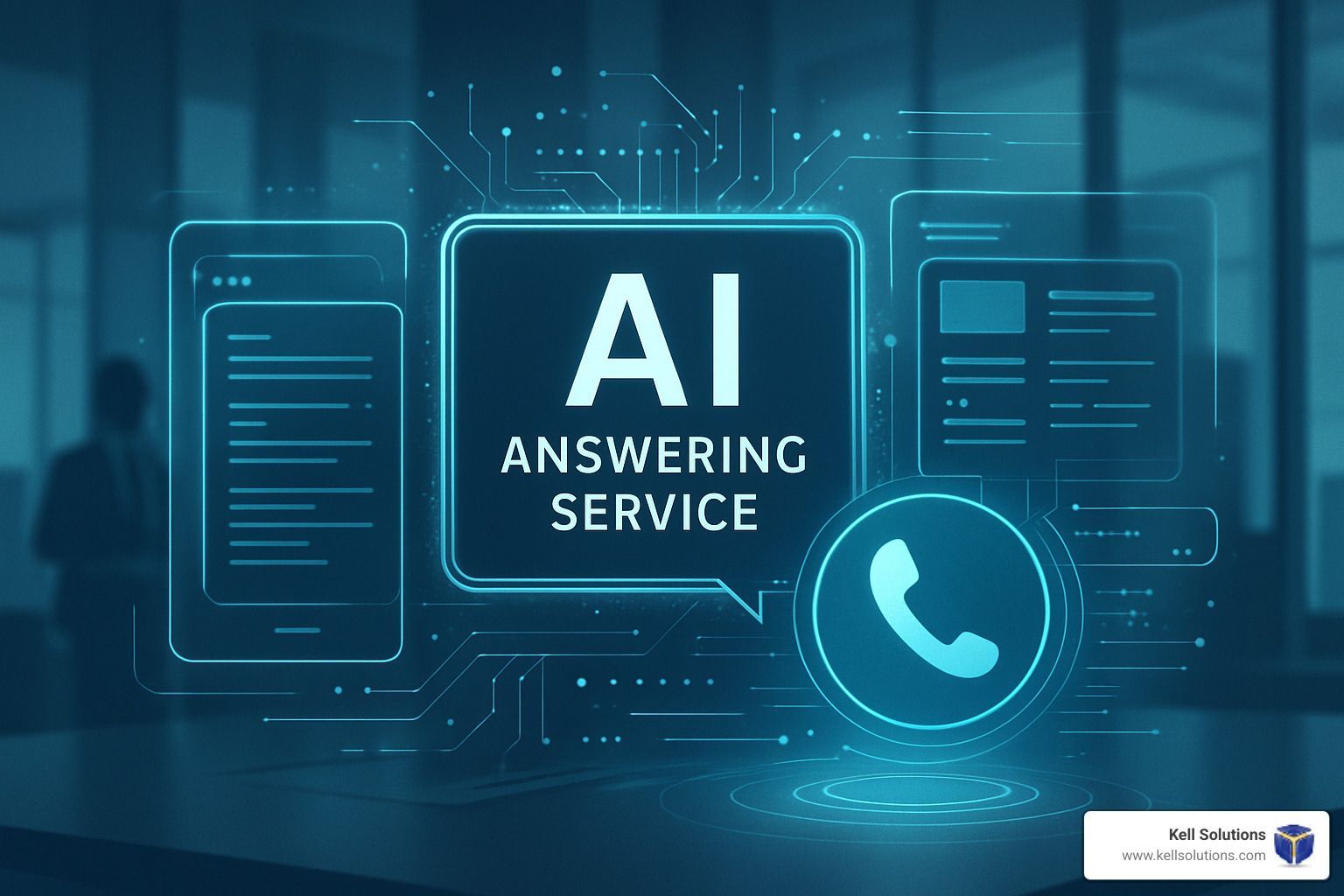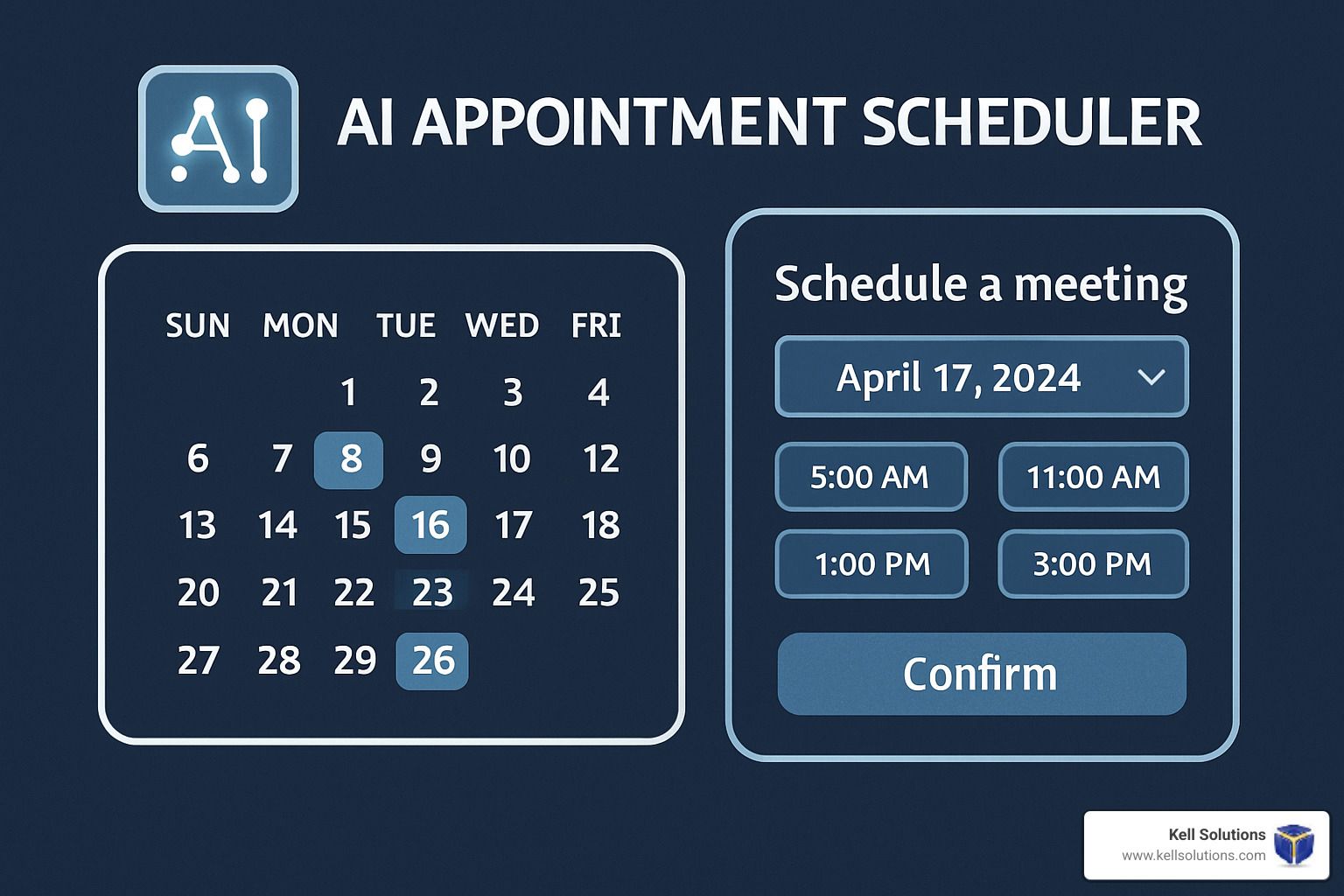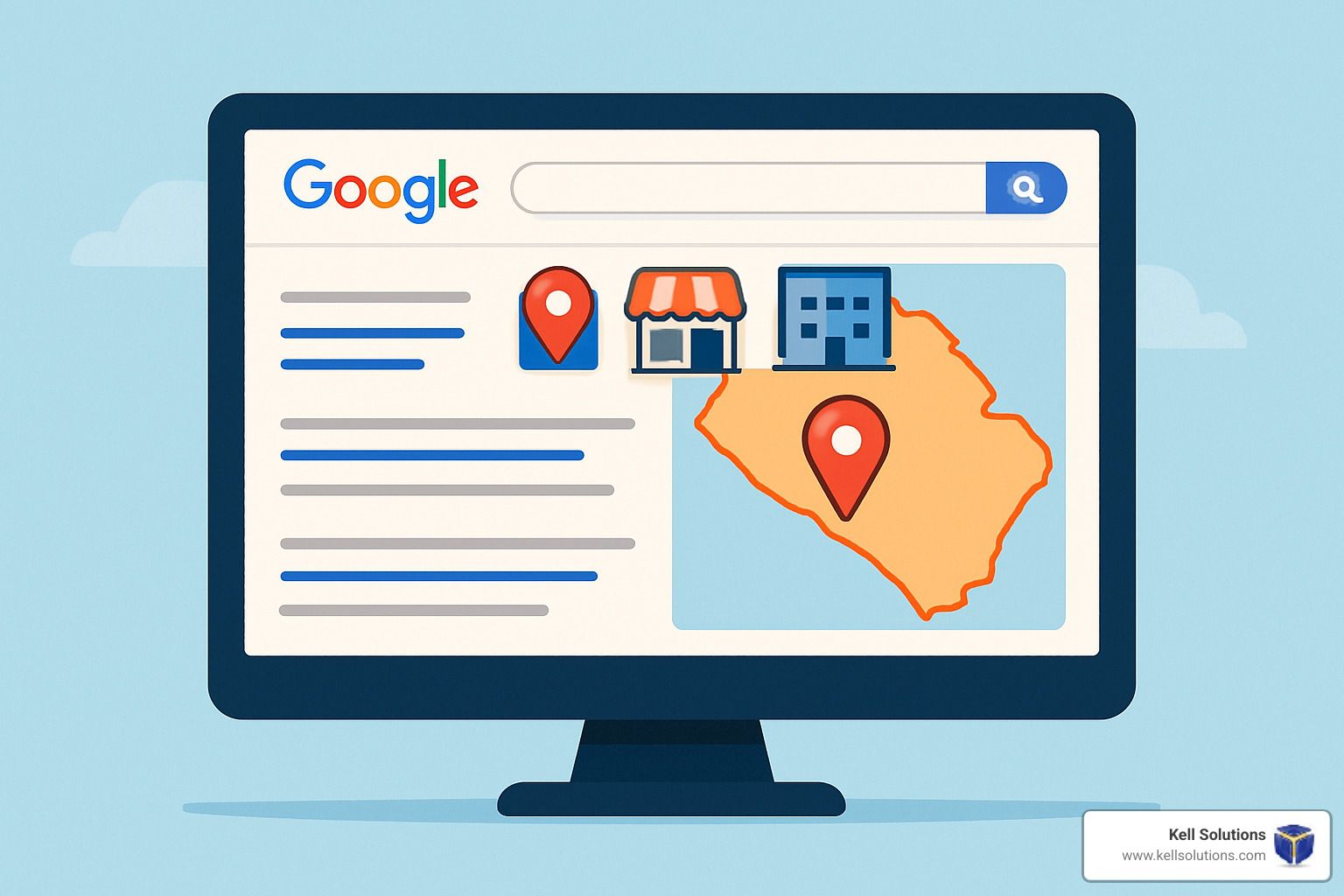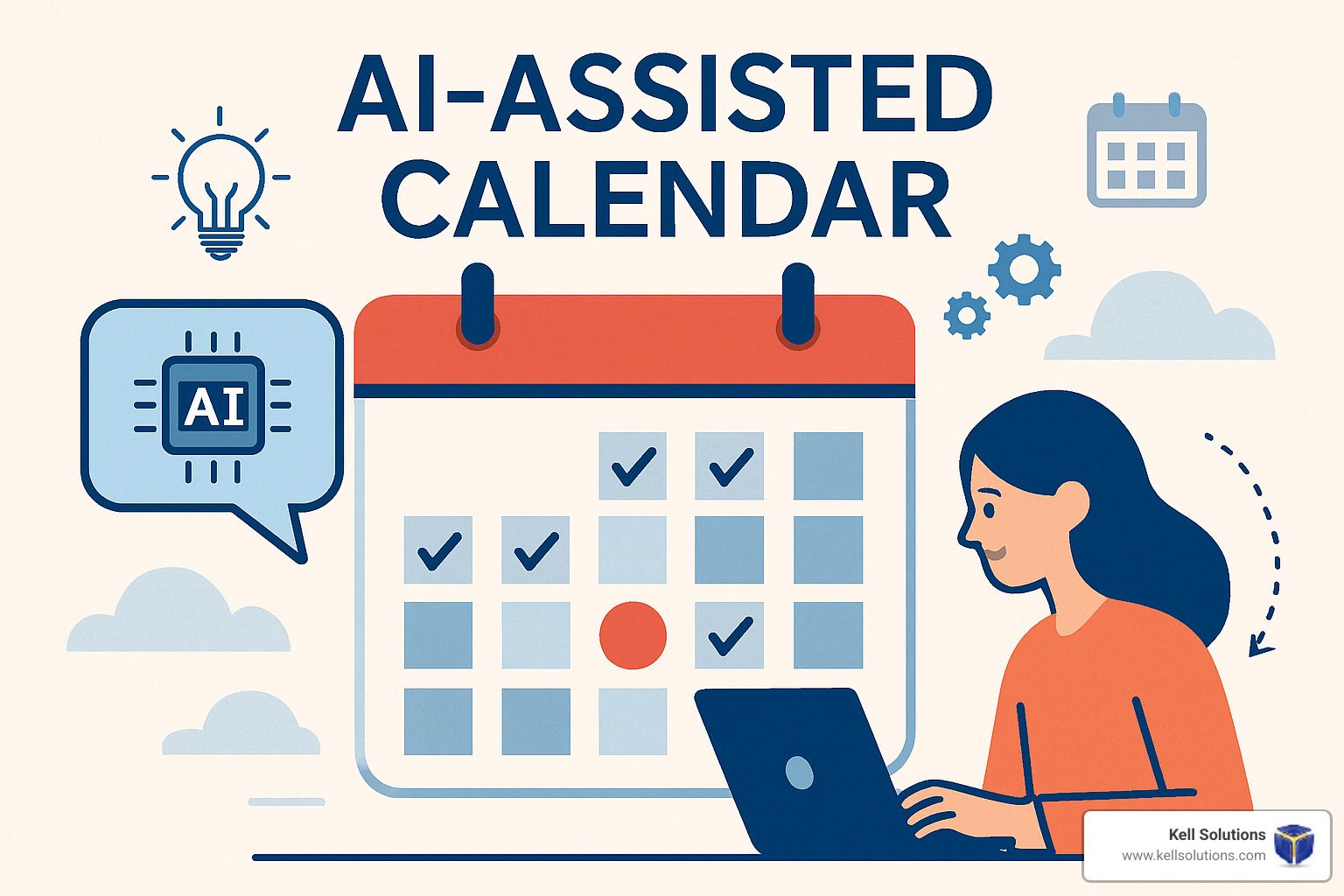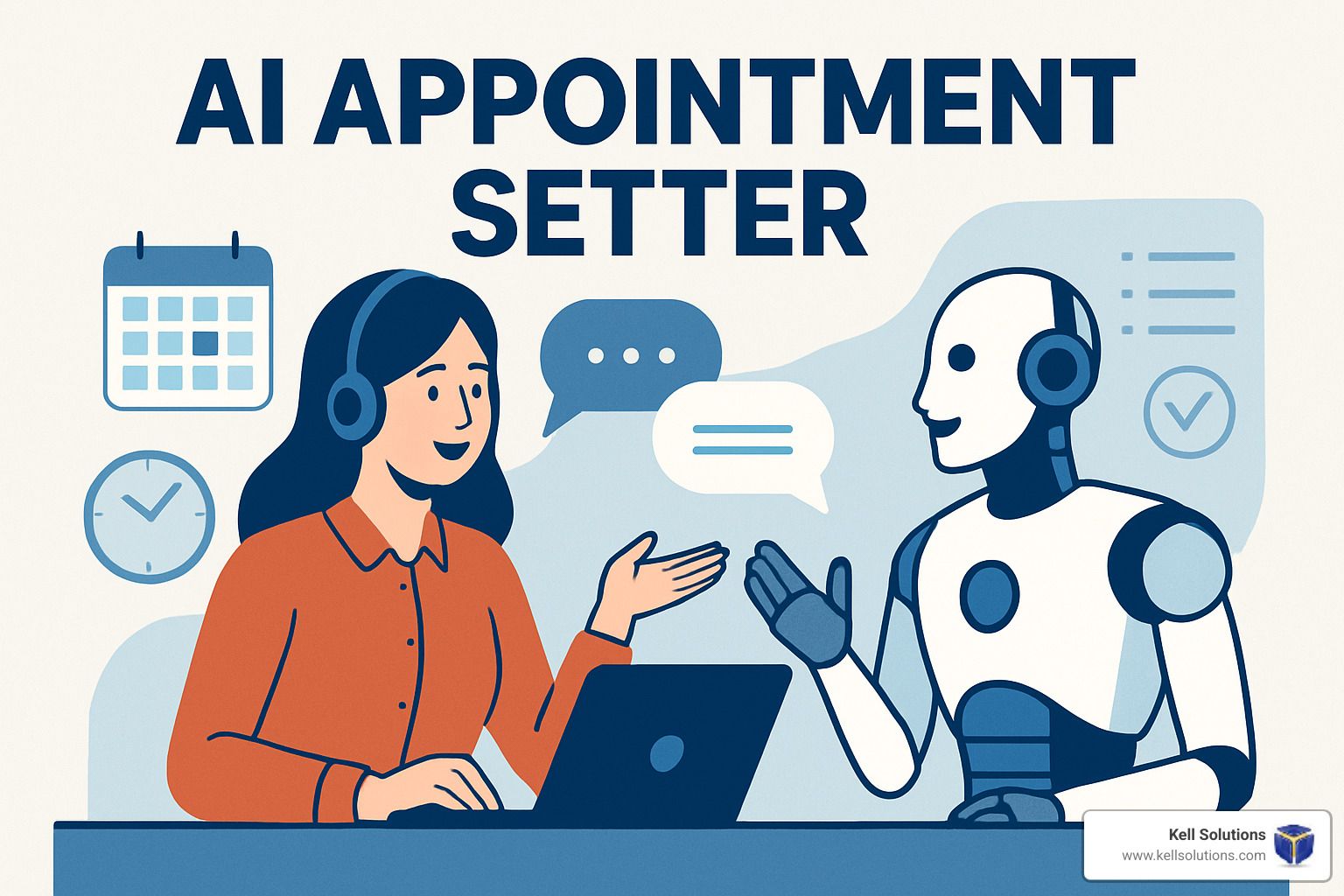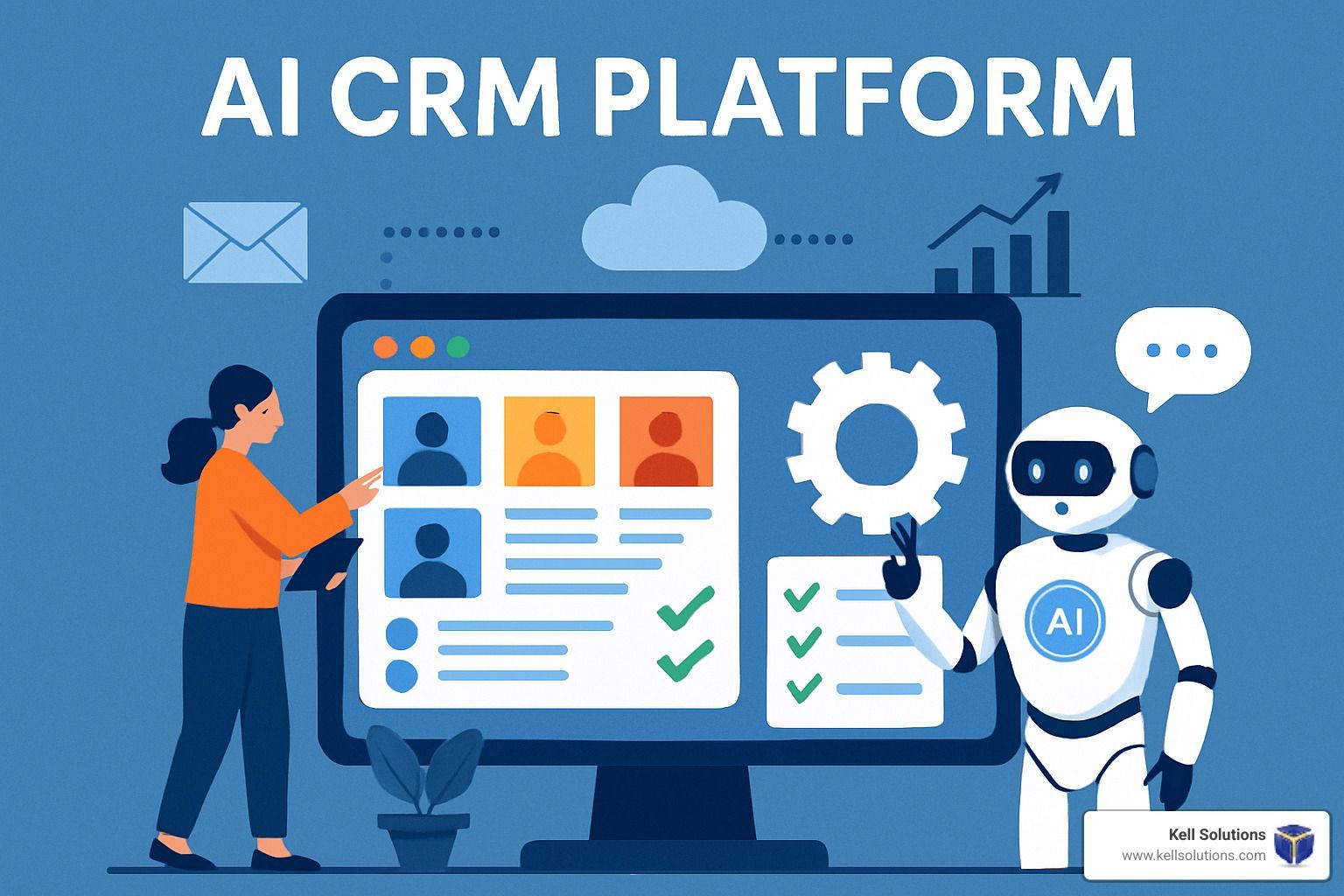AI Data Security Frameworks Explained
Protecting Your Business and Customers

Key Takeaways
- Recent data reveals 78% of organizations experienced AI-related security breaches in 2024, with costs averaging $4.2 million per incident.
- Traditional security frameworks fail with AI systems because they don't address unique vulnerabilities like model inversion attacks and data poisoning.
- Comprehensive AI security frameworks must include differential privacy, secure enclaves, and homomorphic encryption to protect data throughout the AI lifecycle.
- SecureAI Technologies offers cutting-edge solutions that help organizations implement robust AI security frameworks while maintaining compliance with evolving regulations.
- Organizations implementing cross-functional governance teams for AI security are 63% less likely to experience significant data breaches.
AI Data Breaches Cost $4.2M: Why Security Frameworks Matter Now
AI security breaches have reached crisis levels. With organizations racing to implement artificial intelligence across their operations, security frameworks have struggled to keep pace with the unique vulnerabilities these systems introduce. SecureAI Technologies has documented that the typical organization now processes 5-10 times more sensitive data through AI systems than just three years ago, creating an expanded attack surface that traditional security approaches simply weren't designed to protect.
The consequences of this security gap are increasingly severe. Beyond the average $4.2 million direct cost per breach, organizations face regulatory penalties, reputation damage, and potential liability under new AI-specific regulations. What makes AI security particularly challenging is that vulnerabilities exist across multiple dimensions – from the training data to model architecture to inference processes – requiring a comprehensive framework approach rather than point solutions.
- 78% of organizations experienced AI-related data breaches in 2024
- Average recovery time for AI system breaches: 287 days
- 42% of breaches involved unauthorized access to training data
- 31% involved model theft or reconstruction
- 27% resulted from adversarial attacks against production models
The Growing AI Security Crisis in Numbers
The scale of the AI security challenge becomes clearer when we examine sector-specific impacts. Financial institutions using AI for fraud detection report a 340% increase in targeted attacks against these systems. Healthcare organizations implementing diagnostic AI have seen patient data exposure incidents double year-over-year. Manufacturing companies utilizing predictive maintenance AI report intellectual property theft attempts have tripled since implementing these systems.
What's particularly concerning is the sophistication gap. While 84% of organizations have deployed some form of AI in production environments, only 23% have implemented AI-specific security frameworks to protect these systems. This disparity creates dangerous exposure, especially as threat actors increasingly target the unique vulnerabilities of machine learning pipelines.
- Only 23% of organizations have implemented AI-specific security frameworks
- 67% rely primarily on traditional security controls for AI systems
- 91% of security professionals report lacking confidence in their AI security measures
- Organizations with dedicated AI security frameworks experience 64% fewer breaches
Why Traditional Security Fails With AI Systems
Traditional security frameworks were designed for deterministic systems where data flows and processing were relatively predictable. AI systems fundamentally change this paradigm. Machine learning models require access to vast quantities of potentially sensitive data during training. They develop internal representations that may inadvertently memorize protected information. Their outputs can potentially reveal training data through various inference attacks.
The problem extends beyond data protection. AI systems create novel attack vectors that traditional security frameworks simply don't address. Model inversion attacks allow attackers to reconstruct training data. Membership inference attacks can determine if specific records were used in training. Adversarial examples can manipulate model outputs in dangerous ways. Data poisoning can compromise model integrity during training. These AI-specific threats require specialized defenses that go beyond traditional security controls.
Perhaps most significantly, AI systems often operate as "black boxes" with limited explainability, making traditional security monitoring approaches less effective. When security teams can't fully understand how a model reaches its conclusions, identifying potentially malicious behavior becomes exponentially more difficult. This opacity creates perfect conditions for persistent threats that remain undetected within AI systems.
The Business Case for Comprehensive AI Security
The financial argument for implementing robust AI security frameworks goes beyond breach avoidance. Organizations with mature AI security programs report 41% higher customer trust scores and 37% greater willingness among partners to share data for model training. This translates directly to competitive advantage as AI capabilities increasingly depend on access to high-quality data from diverse sources.
Essential Components of AI Security Frameworks
Effective AI security frameworks must address vulnerabilities across the entire machine learning lifecycle – from data collection through model development, deployment, and monitoring. Unlike traditional applications where security can sometimes be added later, AI Systems require security-by-design approaches that embed protections at every stage.
Core Components of AI Security Frameworks
• Data Protection: Encryption, anonymization, and access controls for training data
• Model Security: Protection against extraction, inversion, and poisoning
• Runtime Security: Monitoring for adversarial inputs and anomalous behavior
• Governance: Policies for responsible AI development and deployment
• Compliance: Controls to meet regulatory requirements for AI systems
These components must work together as an integrated framework rather than isolated controls. Security measures at each stage must complement and reinforce protections at other stages. For example, differential privacy applied during training can help mitigate risks from model inversion attacks during deployment.
Differential Privacy: Protecting Data Without Sacrificing Utility
Differential privacy represents one of the most powerful techniques in the AI security arsenal. By introducing carefully calibrated noise into datasets or model outputs, differential privacy provides mathematical guarantees about the privacy of individual records while preserving aggregate insights. Google, Apple, and the U.S. Census Bureau have all implemented differential privacy at scale to protect sensitive data.
The implementation begins with determining an acceptable privacy budget (ε) that balances utility with protection. Smaller values provide stronger privacy guarantees but reduce model performance. Most organizations start with values between 1 and 10, gradually reducing as their differential privacy implementations mature. Advanced implementations use adaptive privacy budgets that allocate more privacy resources to the most sensitive data elements while conserving budget elsewhere.
Beyond the privacy budget, the mechanism selection matters significantly. The Laplace mechanism works well for numerical features but can introduce excessive noise in high-dimensional spaces. The exponential mechanism offers better utility for categorical data. The most sophisticated implementations combine multiple mechanisms with composition theorems to maximize utility while maintaining privacy guarantees.
Secure Enclaves: Creating Safe Processing Environments
Secure enclaves provide hardware-level isolation for sensitive AI operations, enabling confidential computing even on untrusted infrastructure. Technologies like Intel SGX, AMD SEV, and ARM TrustZone create protected execution environments where even system administrators cannot access the data being processed. This approach proves particularly valuable for multi-party machine learning scenarios where organizations need to train models on combined datasets without exposing raw data.
The performance overhead of secure enclaves has historically limited their use in computation-intensive AI workloads. However, recent advances have reduced this penalty to under 15% for many applications, making secure enclaves viable for production AI systems. Organizations deploying secure enclaves should implement remote attestation protocols to verify enclave integrity before transmitting sensitive data.
Homomorphic Encryption: Processing Encrypted Data
Homomorphic encryption represents the holy grail of confidential AI processing – the ability to perform computations on encrypted data without decryption. While fully homomorphic encryption (FHE) supports arbitrary operations on encrypted data, its computational overhead remains prohibitive for most practical applications. Instead, most organizations implement partially homomorphic encryption (PHE) or somewhat homomorphic encryption (SHE) that support limited operations with reasonable performance characteristics.
Microsoft's SEAL library and IBM's HElib provide accessible implementations of homomorphic encryption techniques. Financial institutions have successfully deployed these technologies for privacy-preserving fraud detection, allowing models to analyze transaction patterns without exposing account details. Healthcare organizations have implemented similar approaches for cohort analysis across multiple institutions without sharing patient records.
Building Compliance-Ready AI Architectures
Regulatory requirements significantly shape AI security frameworks. GDPR, CCPA, HIPAA, and emerging AI-specific regulations all impose obligations that must be architected into systems from the beginning. Organizations that treat compliance as an afterthought inevitably create technical debt that becomes increasingly expensive to address as systems scale.
Compliance-ready architectures start with comprehensive data cataloging and classification. You can't protect what you don't understand. Every data element used in AI systems should be tagged with its sensitivity level, retention requirements, geographic restrictions, and purpose limitations. These metadata elements then drive automated policy enforcement throughout the AI lifecycle.
GDPR-Aligned Design Patterns
GDPR compliance for AI systems hinges on several key architectural patterns. First, implement purpose limitation through technical controls that prevent model training on data collected for incompatible purposes. Second, build data minimization into preprocessing pipelines that filter irrelevant attributes before training. Third, incorporate right-to-erasure capabilities that can remove specific individuals' data from models without complete retraining.
The right to explanation poses particular challenges for complex AI models. Compliance-ready architectures address this by maintaining traceability between inputs and outputs, typically through local explainability techniques like LIME or SHAP values. Some organizations maintain parallel explainable models alongside their primary systems to provide human-understandable justifications for automated decisions.
Defending Against AI-Specific Threats
AI systems face unique attacks that target vulnerabilities in their architecture, training process, and deployment patterns. Traditional security controls offer limited protection against these specialized threats. Effective defense requires understanding the attack mechanisms and implementing countermeasures specifically designed for machine learning systems.
The threat landscape continues evolving as attackers develop increasingly sophisticated techniques for compromising AI systems. Organizations must develop institutional capabilities to monitor emerging threats and rapidly deploy defensive measures. This requires close collaboration between data science teams and security professionals who may traditionally operate in separate organizational silos.
Model Inversion Attack Protection
Model inversion attacks attempt to reconstruct training data by observing model outputs. These attacks are particularly concerning for healthcare and financial AI systems where the reconstructed data might include protected health information or personal financial details. The risk increases with models trained on small datasets or those with high memorization capacity like deep neural networks.
Defending against inversion attacks starts with architectural decisions. Models with fewer parameters and more regularization inherently leak less information about their training data. Dropout layers, which were originally developed to prevent overfitting, have proven effective at reducing memorization of specific training examples. Early stopping during training can prevent models from perfectly fitting their training data, reducing inversion risks.
Additional protection comes from output controls. Limiting prediction confidence scores or truncating decimal precision in outputs can significantly hamper inversion attacks while minimally impacting legitimate uses. For high-sensitivity applications, techniques like differential privacy provide mathematical guarantees against successful inversions regardless of the attacker's computational resources or prior knowledge.
Membership Inference Defense Strategies
Membership inference attacks determine whether specific records were included in a model's training data. This capability threatens privacy when the training data membership itself reveals sensitive information – such as determining if someone's medical record was used to train a model for a specific condition. Protection strategies include confidence score calibration, prediction entropy maximization, and adversarial regularization during training.
Data Poisoning Prevention
Data poisoning attacks compromise model integrity by manipulating training data. Defenses include robust preprocessing pipelines that validate input distributions, anomaly detection systems that identify suspicious data patterns, and ensemble approaches that reduce the impact of any single compromised data source. Organizations handling particularly sensitive applications should implement Byzantine-resilient training algorithms that can withstand poisoning attempts even when multiple data sources have been compromised.
Adversarial Attack Mitigation Techniques
Adversarial examples – specially crafted inputs that cause AI systems to make predictable mistakes – represent one of the most active threat areas. Defense strategies include adversarial training (where models are explicitly trained on adversarial examples), input transformation (applying preprocessing steps like quantization or smoothing that destroy adversarial perturbations), and detection systems that identify potential adversarial inputs before they reach the model.
Supply Chain Security for AI Models
The AI supply chain introduces numerous security risks through pre-trained models, third-party datasets, and external dependencies. Effective protection requires cryptographic validation of model provenance, comprehensive vulnerability scanning of dependencies, and controlled execution environments that prevent unauthorized behaviors. Organizations should establish formal evaluation procedures for externally sourced AI components that assess both security posture and alignment with internal requirements.
Practical Implementation Roadmap
Implementing comprehensive AI security frameworks requires a structured approach that balances immediate risk reduction with long-term capability building. Organizations should resist the temptation to deploy point solutions that address individual vulnerabilities without establishing the foundational governance and architecture required for sustainable security. The following phased approach allows organizations to systematically enhance their AI security posture while maintaining operational continuity.
Phase 1: Assessment & Planning (Weeks 1-4)
Begin with a comprehensive inventory of all AI systems, models, and datasets across your organization. Many organizations are surprised to discover shadow AI initiatives operating outside formal governance structures. Document data flows, model architectures, and integration points with existing systems. Map these elements against your current security controls to identify critical gaps and prioritize remediation efforts.
Next, establish clear security requirements based on data sensitivity, regulatory obligations, and business risk. Different AI applications warrant different security approaches – a customer-facing recommendation engine requires different protections than an internal process optimization model. Create a risk-based classification system that helps prioritize security investments where they deliver maximum value.
Finally, develop your AI security governance framework. Define roles and responsibilities, establish approval workflows for model development and deployment, and create metrics for measuring security effectiveness. This governance layer provides the foundation for all subsequent technical controls and ensures consistent security practices across the organization.
Phase 2: Tool Selection & Deployment (Weeks 5-8)
With assessment complete, select and deploy technical controls that address your highest-priority risks. Begin with fundamental protections like access controls for training data, encryption for model storage, and logging for all AI operations. These basic controls often address a significant portion of your risk surface with relatively straightforward implementation.
For specialized AI security needs, evaluate purpose-built solutions that integrate with your existing security infrastructure. Look for tools that provide model vulnerability scanning, adversarial testing capabilities, and monitoring for abnormal model behavior. Prioritize solutions that offer API-based integration with your CI/CD pipeline to enable automated security testing during model development.
- Data security: Evaluate differential privacy libraries, anonymization tools, and secure multi-party computation platforms
- Model security: Deploy model scanning tools that identify vulnerabilities, backdoors, and unintended biases
- Runtime security: Implement monitoring systems that detect adversarial inputs and abnormal model behavior
- Governance tools: Select platforms that automate documentation, approval workflows, and compliance verification
Phase 3: Testing & Validation (Months 3-6)
Once controls are deployed, conduct rigorous testing to validate their effectiveness. Start with basic functional testing to ensure security mechanisms operate as expected. Then progress to adversarial testing where security teams actively attempt to circumvent protections. Many organizations discover significant gaps during this phase as theoretical protections encounter real-world implementation challenges.
Validation should include technical effectiveness testing and compliance verification. Document how implemented controls satisfy specific regulatory requirements like GDPR's right to explanation or CCPA's disclosure obligations. This documentation proves invaluable during regulatory audits and demonstrates due diligence in securing AI systems.
For critical AI systems, consider engaging external security specialists to conduct independent assessments. Third-party testers often identify blind spots that internal teams miss, particularly in areas requiring specialized expertise like adversarial machine learning or model extraction attacks. These assessments provide valuable assurance that your security framework addresses both known and emerging threats.
Phase 4: Continuous Improvement Cycles
AI security is never "complete" – it requires ongoing evolution as threats advance and systems change. Establish regular review cycles that reassess your security posture against emerging threats, new regulatory requirements, and changes to your AI architecture. Many organizations conduct quarterly security reviews for high-sensitivity AI systems and semi-annual reviews for lower-risk applications.
Implement a formal process for evaluating and incorporating new security techniques as they emerge from research. The field of AI security evolves rapidly, with new attack vectors and defensive measures published regularly. Organizations that systematically review and adopt promising approaches maintain significantly stronger security postures than those relying on static controls.
Future-Proofing Your AI Security
Forward-looking organizations are already preparing for emerging threats that will shape the AI security landscape in coming years. These preparations focus on architectural flexibility, cryptographic agility, and governance frameworks that can adapt to changing regulatory requirements without requiring complete system redesigns.
Post-Quantum Cryptography Integration
Quantum computing poses a significant threat to many cryptographic algorithms currently protecting AI systems and data. Organizations should begin transitioning to quantum-resistant algorithms for data encryption, model protection, and secure communications. This transition requires cryptographic agility – the ability to rapidly replace cryptographic primitives without disrupting operations. Build this capability now by implementing crypto-agnostic interfaces and maintaining clear inventories of all cryptographic implementations across your AI infrastructure.
Federated Learning: Security Without Data Sharing
Federated learning represents a paradigm shift in AI security by enabling model training across multiple data sources without centralizing sensitive data. This approach dramatically reduces breach impact since data never leaves its source environment.
Organizations implementing federated learning report up to 70% reduction in data exposure risk while maintaining model performance comparable to centralized approaches. Financial institutions have successfully deployed federated learning for fraud detection across multiple banks, while healthcare organizations use similar techniques for multi-institutional research without sharing patient records.
Zero-Trust Architectures for AI Environments
Zero-trust principles are particularly valuable for AI security, given the expanded attack surface these systems present. Implement continuous authentication and authorization for all interactions with AI resources – including model access, training data retrieval, and hyperparameter configurations. Verify every access attempt regardless of source location or network path, and limit permissions to the minimum required for each specific operation. As AI becomes deeply embedded in business operations, ensuring data privacy and security is no longer optional.
Microsegmentation further enhances AI security by isolating system components from each other. Deploy models, training pipelines, and data storage in separate security zones with strictly controlled communication paths. This architecture prevents lateral movement if attackers compromise any single component, significantly reducing potential breach impact. Organizations implementing microsegmentation for AI systems report 60% reduction in attack surface and 45% improvement in breach containment capabilities.
Creating a Culture of AI Security
Technical controls alone cannot secure AI systems. Organizations must foster a culture where security becomes an integral part of AI development rather than an afterthought or compliance exercise. This cultural shift requires executive sponsorship, clear accountability, and recognition systems that reward secure development practices. When security becomes part of your organization's DNA, it shapes decisions at every level – from initial system design through deployment and ongoing operations.
Cross-Functional Governance Teams
- Data scientists who understand model architectures and vulnerabilities
- Security professionals with expertise in threat modeling and control design
- Legal specialists who interpret regulatory requirements for AI systems
- Business stakeholders who balance security with operational needs
- Ethics experts who ensure security controls support responsible AI use
These cross-functional teams establish security requirements, review architectural decisions, and validate that implementations meet organizational standards. They serve as the bridge between technical security controls and broader governance objectives. Organizations with mature AI security practices typically formalize these teams through dedicated roles with clear charters and executive sponsorship.
The most effective governance teams maintain decision-making authority while operating as enablers rather than gatekeepers. They provide clear guidance on security requirements early in the development process, offer technical assistance when teams encounter implementation challenges, and streamline approvals for systems that meet established standards. This balanced approach maintains security rigor while avoiding the friction that drives shadow AI development.
Metrics play a crucial role in governance effectiveness. Define quantifiable measures for AI security maturity, track progress against those metrics, and transparently report results to stakeholders. Common metrics include the percentage of models with completed security assessments, mean time to remediate identified vulnerabilities, and coverage of security testing across the model inventory. These metrics create accountability and help prioritize security investments.
Regular tabletop exercises keep governance teams sharp and identify process improvements. These structured discussions walk through potential security incidents, testing response procedures and clarifying decision-making authorities. Organizations conducting quarterly tabletop exercises report significantly faster incident response times and more effective coordination when actual security events occur.
AI Security Training Requirements
Effective AI security requires specialized knowledge that extends beyond traditional security training. Develop role-specific education programs that address the unique security challenges in AI systems. Data scientists need training on secure model development techniques, vulnerability remediation, and privacy-preserving algorithms. Security professionals need familiarity with machine learning concepts, AI-specific attack vectors, and specialized testing methodologies. Business stakeholders need sufficient understanding to make informed risk management decisions when approving AI deployments.
Red Team Exercises & Simulations
Regular adversarial testing reveals security gaps before attackers can exploit them. Establish dedicated red teams tasked with ethically attacking your AI systems using realistic techniques and tools. These exercises should evaluate the entire AI ecosystem – from data collection through model training and deployment – rather than focusing solely on individual components. Organizations conducting quarterly red team exercises report identifying 40% more vulnerabilities than those relying on standard security assessments, significantly reducing their exploitable attack surface.
Your Next Steps for Stronger AI Security
- Conduct a comprehensive inventory of all AI systems and associated data across your organization
- Establish a cross-functional AI security governance team with clear authority and executive sponsorship
- Develop a phased implementation roadmap prioritizing your highest-risk AI applications
- Integrate AI security requirements into your existing development and procurement processes
- Schedule regular security assessments that include adversarial testing of critical AI systems
Begin with a focused pilot project rather than attempting enterprise-wide implementation immediately. Select a moderate-risk AI application where enhanced security delivers clear business value without excessive complexity. This approach builds organizational capability while demonstrating security value, creating momentum for broader adoption.
Document your security architecture decisions and control rationale from the beginning. This documentation proves invaluable during regulatory inquiries and security assessments. It also provides critical context as team members change and systems evolve over time. The most mature organizations maintain living documentation that evolves alongside their AI security capabilities.
Remember that AI security is a journey rather than a destination. Start with foundational controls that address your most significant risks, then systematically enhance your security posture as capabilities mature. SecureAI Technologies offers comprehensive resources to help organizations at every stage of this journey, from initial assessment through advanced implementation and continuous improvement.
Frequently Asked Questions
As organizations implement AI security frameworks, several common questions arise during the planning and deployment process. These questions reflect the unique challenges of securing systems that fundamentally differ from traditional applications in their data requirements, operational patterns, and vulnerability profiles.
The answers below represent current industry consensus based on implementations across multiple sectors. However, each organization should adapt these recommendations to their specific risk profile, regulatory environment, and technical architecture.
How much does implementing an AI security framework typically cost?
Implementation costs vary significantly based on organization size, AI maturity, and existing security infrastructure. Most mid-sized organizations allocate $150,000-$350,000 for initial framework implementation, with ongoing annual costs of $75,000-$200,000 for maintenance and evolution. These figures include technology investments, professional services, and internal resource allocation.
Organizations with established security programs typically experience lower implementation costs as they leverage existing governance structures and control platforms. The highest costs typically occur in regulated industries with strict compliance requirements that necessitate extensive documentation and validation activities.
Which AI security framework is best for small businesses with limited resources?
Small businesses should consider NIST's AI Risk Management Framework (AI RMF) as their starting point. This framework provides a flexible, risk-based approach that scales effectively for organizations with limited resources. Begin with the NIST AI RMF Profile for Small Businesses, which prioritizes controls based on common risk patterns in smaller organizations. This targeted approach helps allocate limited security resources where they deliver maximum risk reduction.
Another effective approach for resource-constrained organizations is to leverage cloud-based AI services with built-in security capabilities. Major cloud providers offer managed AI platforms with integrated security controls that handle many fundamental protections. This approach shifts implementation burden to the provider while allowing small businesses to focus on governance, data protection, and application-specific security requirements.
Can existing security teams handle AI security or do we need specialists?
Most organizations successfully implement AI security using a hybrid approach. Existing security teams handle fundamental controls like access management, encryption, and security monitoring, while specialized expertise (either internal or external) addresses AI-specific concerns like adversarial testing and model vulnerability analysis. This approach leverages your existing security investments while incorporating the specialized knowledge required for comprehensive AI protection. As your AI footprint grows, consider developing deeper in-house expertise through targeted hiring and training programs focused on machine learning security.
How often should we update our AI security frameworks?
AI security frameworks require more frequent updates than traditional security programs due to the rapid evolution of both attack techniques and defensive measures. Most organizations conduct quarterly reviews of their AI security posture, with major framework updates annually. These reviews should evaluate emerging threats, new defensive techniques, evolving regulatory requirements, and changes to your AI architecture. More frequent reviews may be necessary for high-sensitivity applications in regulated industries or systems processing particularly valuable data.
Between formal updates, establish a continuous monitoring process that tracks developments in AI security research and adjusts controls when significant new threats emerge. This approach balances the stability of a defined framework with the agility required to address rapidly evolving risks. Organizations with mature AI security programs typically maintain dedicated resources for monitoring research publications, vendor advisories, and threat intelligence sources focused on machine learning security.
What are the biggest mistakes companies make when securing AI systems?
The most common mistake is treating AI security as a purely technical challenge rather than a governance and risk management issue. Organizations frequently deploy point solutions addressing specific vulnerabilities without establishing the foundational governance required for sustainable security. This approach creates inconsistent protection across systems and fails to adapt as threats evolve.
Effective AI security begins with clear governance structures, risk-based classification systems, and defined processes for security assessment throughout the AI lifecycle.
Another frequent mistake is neglecting the unique privacy implications of AI systems. Traditional privacy controls focus on direct data access, but AI introduces new challenges through inference capabilities and model memorization. Organizations must implement specialized privacy protections like differential privacy, federated learning, and rigorous output controls to address these AI-specific risks. Privacy concerns become particularly significant as regulatory frameworks increasingly address automated decision-making and algorithmic accountability.
Finally, many organizations underinvest in security testing specific to AI systems. Traditional vulnerability scanning and penetration testing methodologies don't effectively identify machine learning-specific issues like adversarial vulnerabilities, model inversion risks, or data poisoning susceptibility. Implement specialized testing protocols that evaluate these unique risk vectors, either through internal capabilities or external specialists with expertise in adversarial machine learning.
SecureAI Technologies provides organizations with the comprehensive tools and expertise needed to implement robust AI security frameworks that protect sensitive data while enabling innovation. Our platform addresses the full spectrum of AI security challenges from governance through technical implementation, helping you build future-ready security capabilities that evolve alongside your AI initiatives.
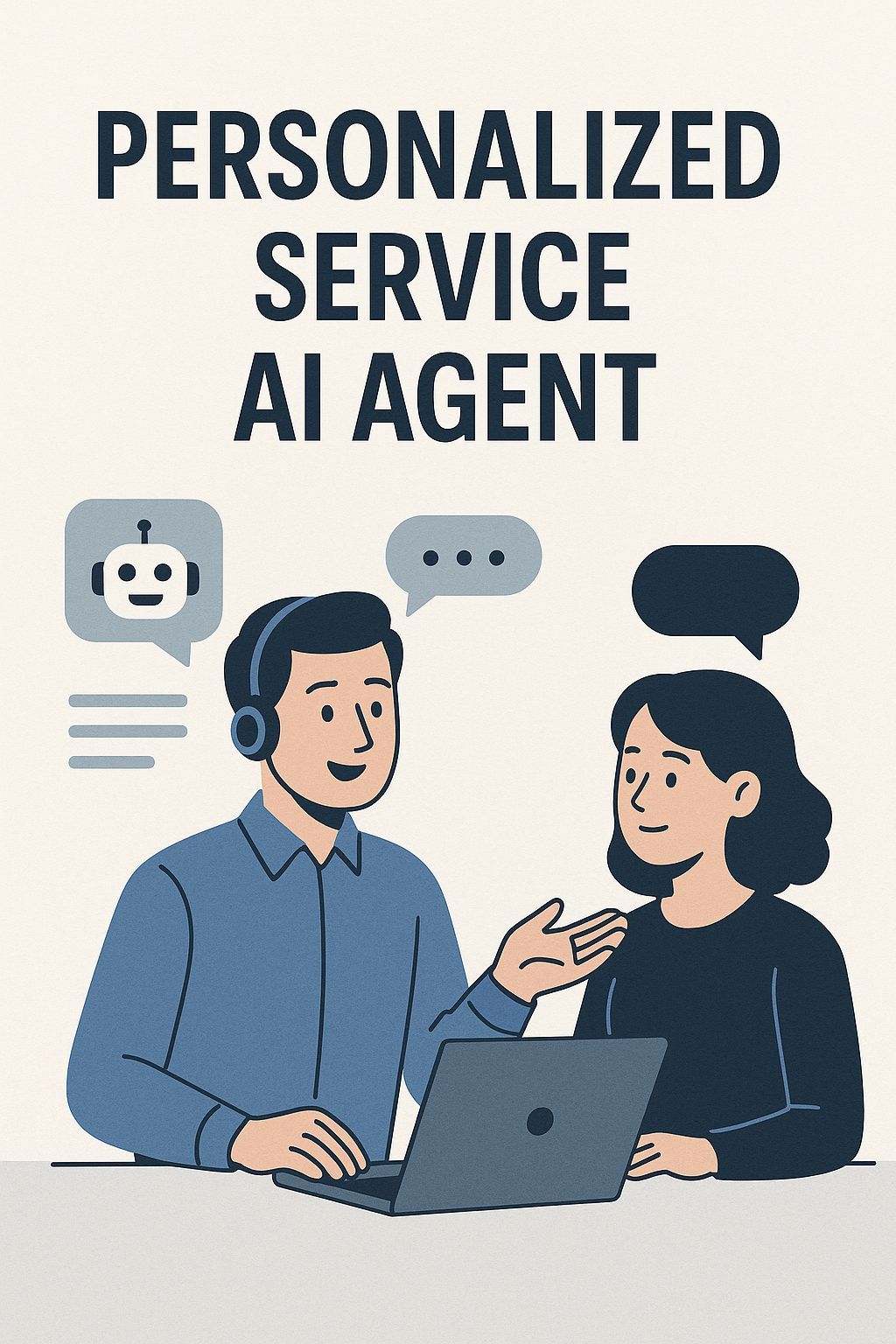

Orange County HVAC Google AI Overview Domination: 7 Proven Strategies to Capture Featured AI Results





